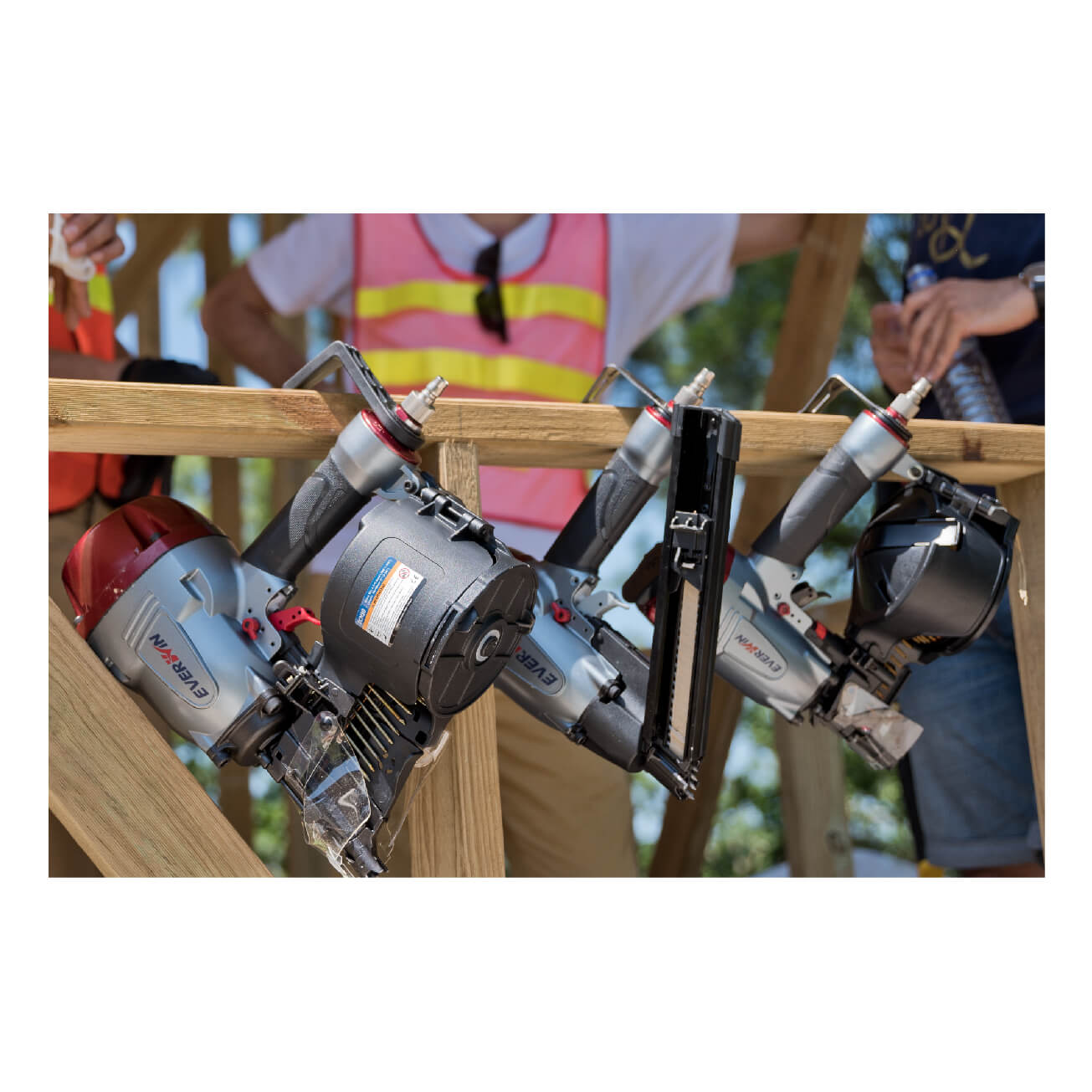
Suggested Tool Cleaning Guide
The Coronavirus has made construction site sanitation more important than ever. Clean tools and hands are essential for your crew’s wellbeing. Routine cleaning and maintenance can also extend the tools’ lifespan, prevent unexpected downtime and reduce safety hazards.
Depending on tool usage and the frequency of cleaning, the basic cleaning of a tool should take about 2-3 minutes with advanced cleaning being slightly longer.
ROUTINE TOOL CLEANING
Before you start, please ensure that the tool is disconnected from any compressed air source. Refer to your company’s guidelines on protective equipment required when cleaning.
- Remove dirt with a brush or a piece of cloth. Please refer to your company’s guidelines for specific protective measures when using compressed air as it may bring airborne dust
- Scrape off any remaining dirt using a spatula with care
- Remove grease or other residue from the surface of the equipment using a damp cloth:
a. Make a mild solution using water and suitable soap
b. Dampen a piece of clean cloth with your solution
c. Carefully wipe every outer surface, focusing on contact points such as grips and handles. Ensure that no liquid flows into the tool
d. Allow the tool to dry completely
ADVANCED TOOL CLEANING
Before using any chemical cleaning products, please read their instructions carefully to ensure your safety. Chemicals such as hydrogen peroxide, chlorine-based fungicides, sanitary cleaner, acid/citric acid, descalers or degreasers must not be used as they may damage the tool.
Perform a routine cleaning shown as above, then proceed as follows:
- Spray either universal cleaner or disinfectant liquid onto a piece of cloth
- Wipe the tool thoroughly, focusing on contact points such as grips and handles
- Allow a contact time for better disinfection
- Wipe off any excess liquid right away
PLEASE NOTE:
- This is a cleaning procedure that will kill off most bacteria. However, total disinfection is not guaranteed.
- Avoid touching your face before washing your hands after contact with cleaning chemicals.
- Cleaning sites with proper ventilation are highly recommended.
- Do not spray cleaning chemicals directly onto tools.
- Additional precautions are necessary if blood is discovered on any tool or construction equipment. Refer to your company’s protocols for bloodborne pathogens. Anyone tasked with this type of cleaning must be trained in bloodborne pathogens and the use of specific PPE according to regulatory and/or company requirements.
